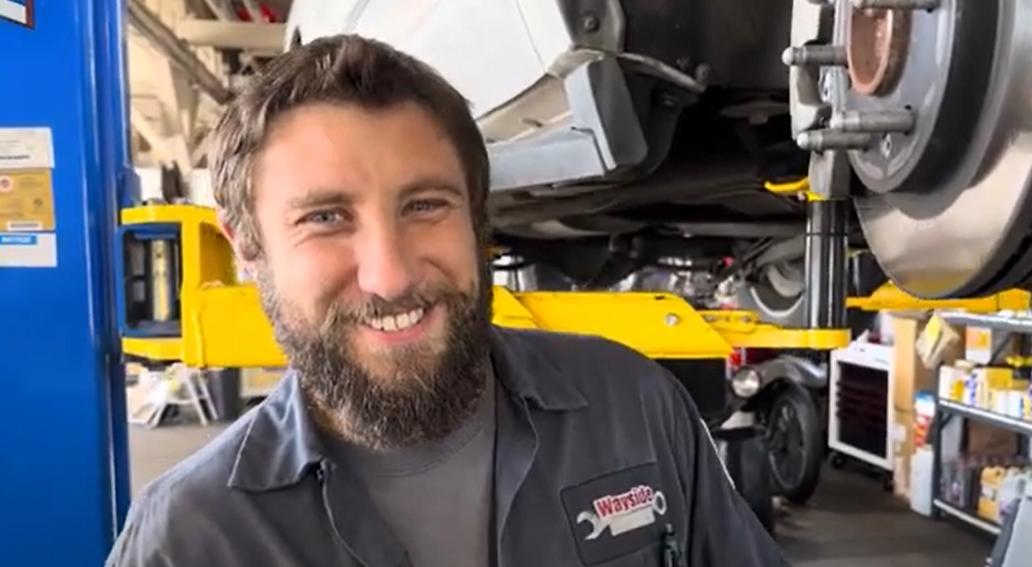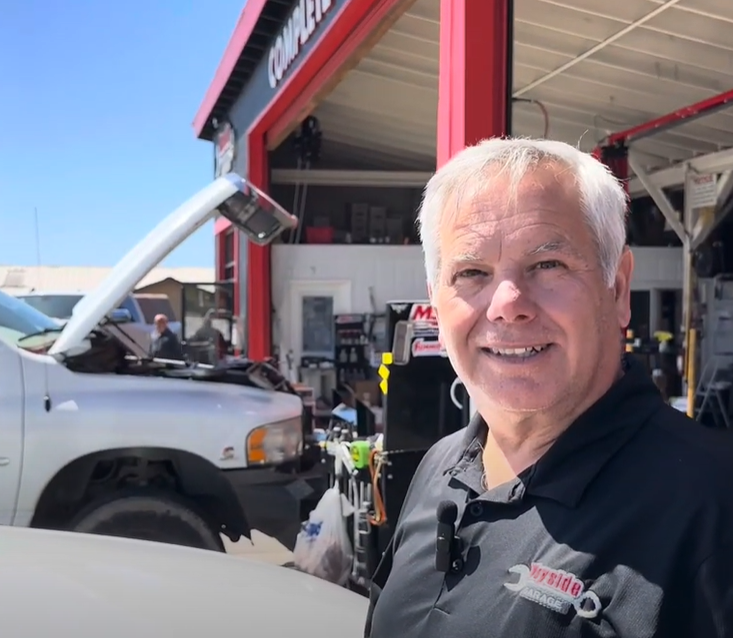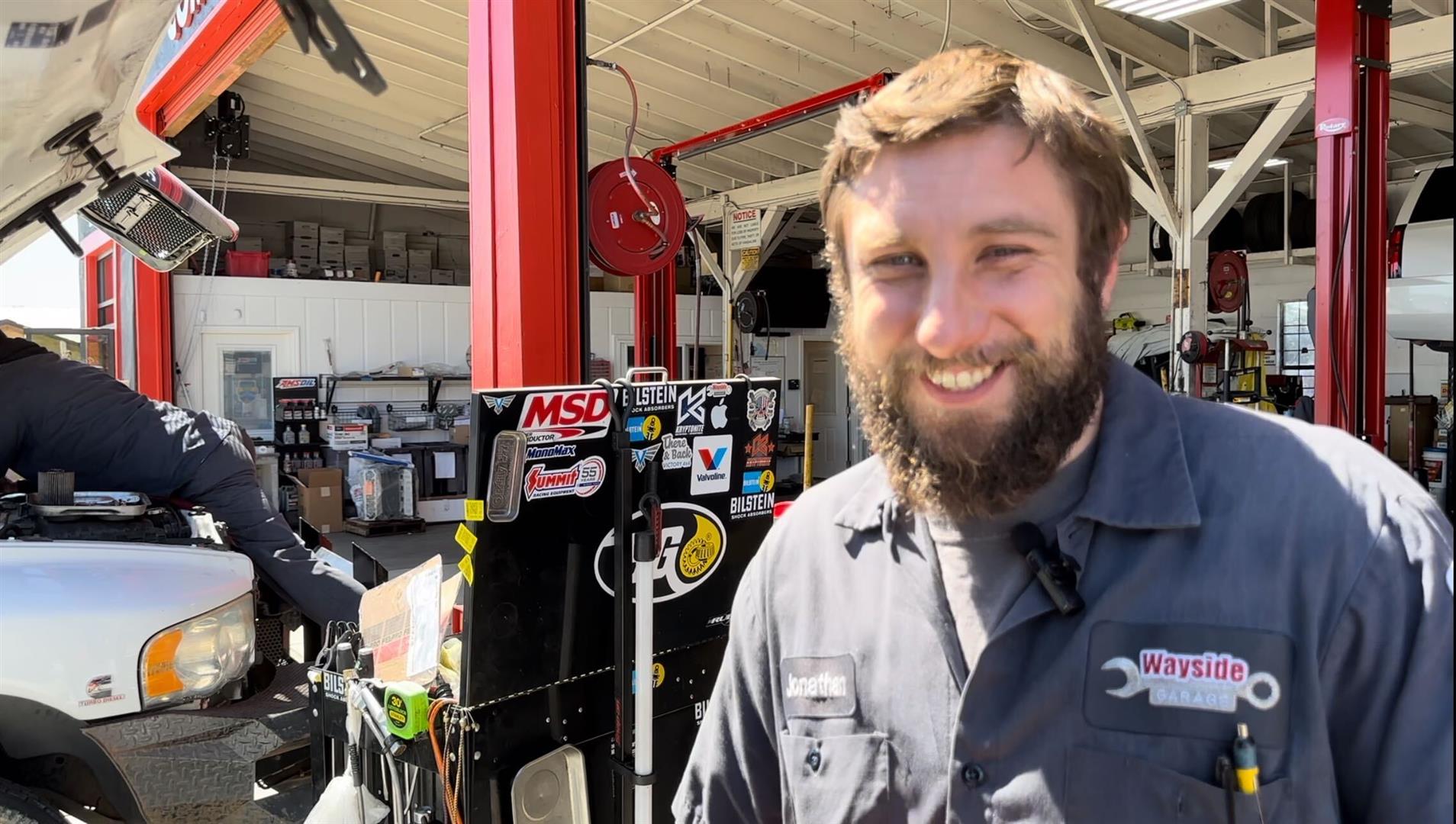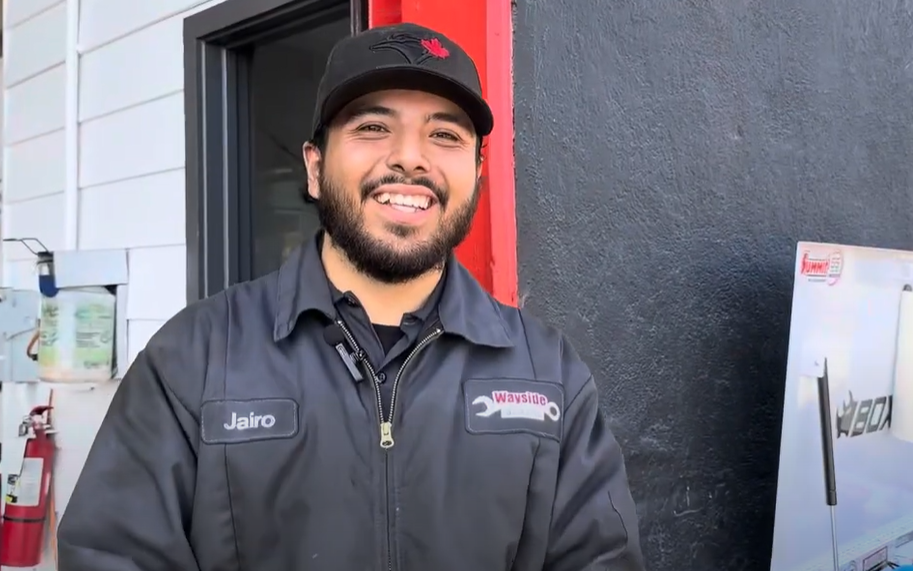Posted on 4/2/2024

Today, we're tackling a question that's essential for keeping your ride safe and sound: brake replacement frequency. At Wayside Garage, located in Seaside, CA, we often hear folks asking, "How often do I really need to replace my brakes?" Well, let's put the pedal to the metal and shed some light on this topic. On average, brakes typically need a refresh every 50,000 miles or so. But hold onto your steering wheel, because there's more to the story than just hitting that milestone. First off, let's talk about your driving style. Are you the type who coasts smoothly to a stop, or do you tend to slam on the brakes like you're auditioning for a NASCAR race? Your braking habits can greatly affect how quickly those brake pads wear down. Next, consider what you're driving. Are you behind the wheel of a hefty truck hauling heavy loads, or do you prefer zipping around in a sleek sedan? The size and weight of your vehicle can play a role in how oft ... read more
Posted on 4/2/2024

How do I know if I need tires? There are several signs to look out for that indicate you may need new tires: 1. Tread Wear: Inspect the tread depth of your tires. If it's worn down to 2/32 of an inch or less, it's time for new tires. 2. Uneven Wear: Check for uneven wear patterns on the tires, which could indicate alignment issues or improper inflation. 3. Cracks or Bulges: Look for cracks, cuts, or bulges on the sidewalls of the tires, as these can compromise tire integrity. 4. Age: Even if your tires have plenty of tread, they may still need replacing if they're older than six years, as rubber deteriorates over time. 5. Vibrations: Experiencing excessive vibrations while driving could be a sign of tire wear or imbalance. 6. Handling Issues: If your car feels less responsive or tends to drift, it could be due to worn tires. If you notice any of th ... read more
Posted on 4/1/2024

If your car has overheated, it's crucial to address the issue promptly to prevent further damage. Here's what you can do: 1. Pull Over Safely: As soon as you notice the temperature gauge rising or steam coming from under the hood, safely pull over to the side of the road or into a parking lot. Turn off the engine immediately to prevent further overheating. 2. Allow Engine to Cool: Do not attempt to open the hood right away, as it can be extremely hot and dangerous. Allow the engine to cool down for at least 30 minutes before attempting to open the hood. 3. Check Coolant Level: Once the engine has cooled, carefully open the hood and check the coolant reservoir. If it's low, add coolant to the appropriate level. Be cautious, as the radiator and coolant can still be hot. 4. Inspect for Leaks: Look for any signs of coolant leaks under the car or around the engine. Leaks can indicate a damaged hose, radi ... read more
Posted on 4/1/2024
What does my car need for spring break from Wayside Garage As the flowers bloom and the weather warms up, it's time to give your car some extra love and care. Here are some simple tips to keep your vehicle running smoothly this spring: - Check Your Tires: Make sure your tires are properly inflated and have good tread depth. You can use a tire gauge to check the pressure and a penny to check the tread depth. - Inspect Your Wipers: Winter weather can be tough on windshield wipers. Check for any signs of wear or damage, and replace them if necessary. Don't forget to top up your windshield washer fluid, too! - Change Your Oil: Remember, engine oil should be replaced every 6 months or 5,000 miles, whichever comes first. Schedule an oil change if you're due for one. - Test Your Battery: Cold weather can take a toll on your car battery. Test it to make sure it's still holding a charge, and replace it if it's weak or old. - Clean Your Car: Even though we d ... read more
Posted on 3/20/2024

At Wayside Garage in Seaside, California, we're all about keeping your car running well and for a long time. One essential way to do that is by getting your oil changed every 5 to 6 months or every 5,000 miles. You might wonder, "Why bother, I don't drive that much?" Let's get into the reasons. Here are a few reasons why getting your oil changed is a must: - Keeps Your Engine Happy: Think of your car's engine as its heart. Just like you need to keep your heart healthy, your car's engine needs clean oil to stay in tip-top shape. - Improves Performance: Fresh oil lubricates the engine's parts, helping them move more freely. This means better performance for your car and smoother rides for you! - Prevents Engine Wear: Over time, oil can get dirty and break down, causing friction and wear on engine parts. Regularly scheduled oil changes help prevent ... read more